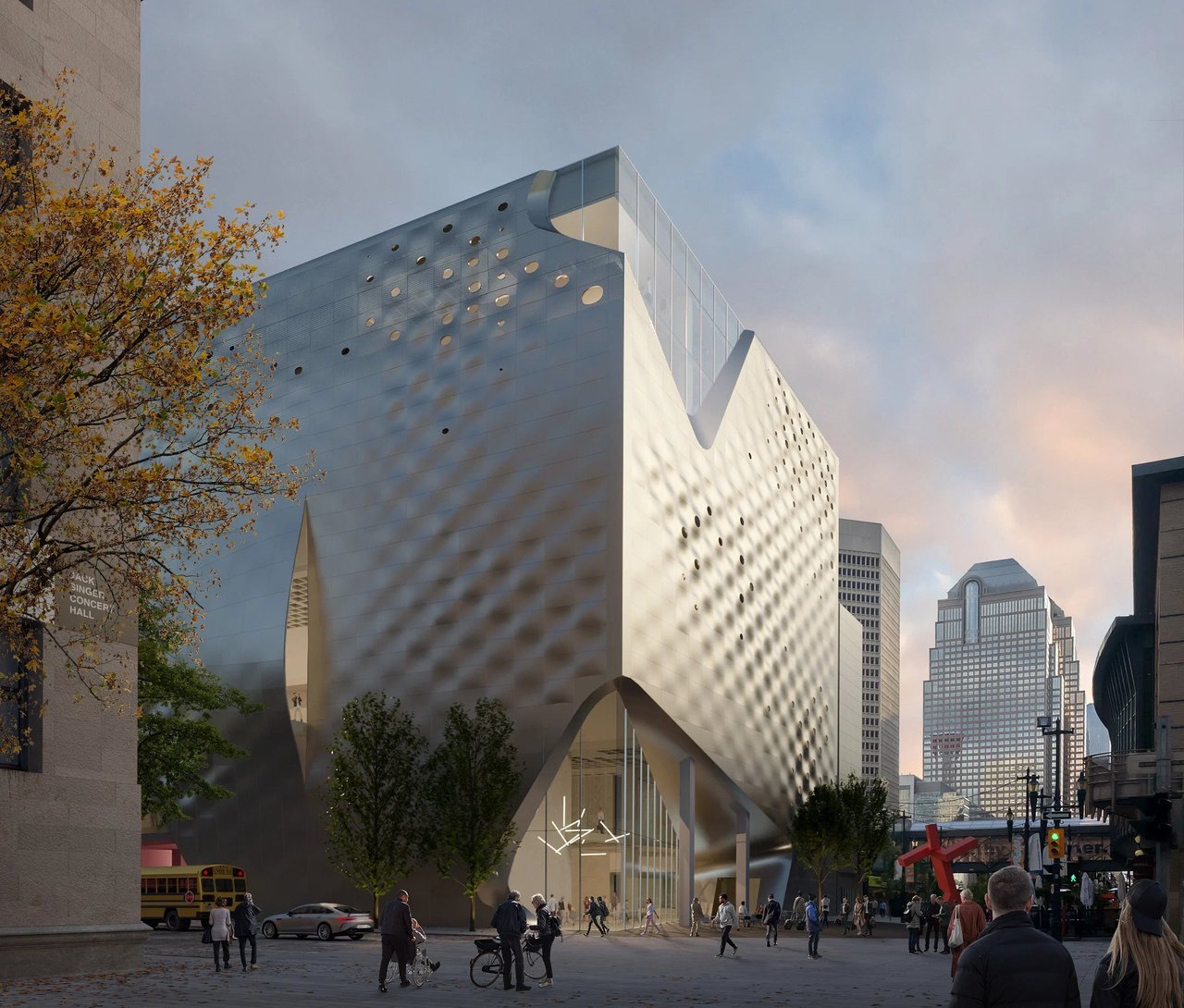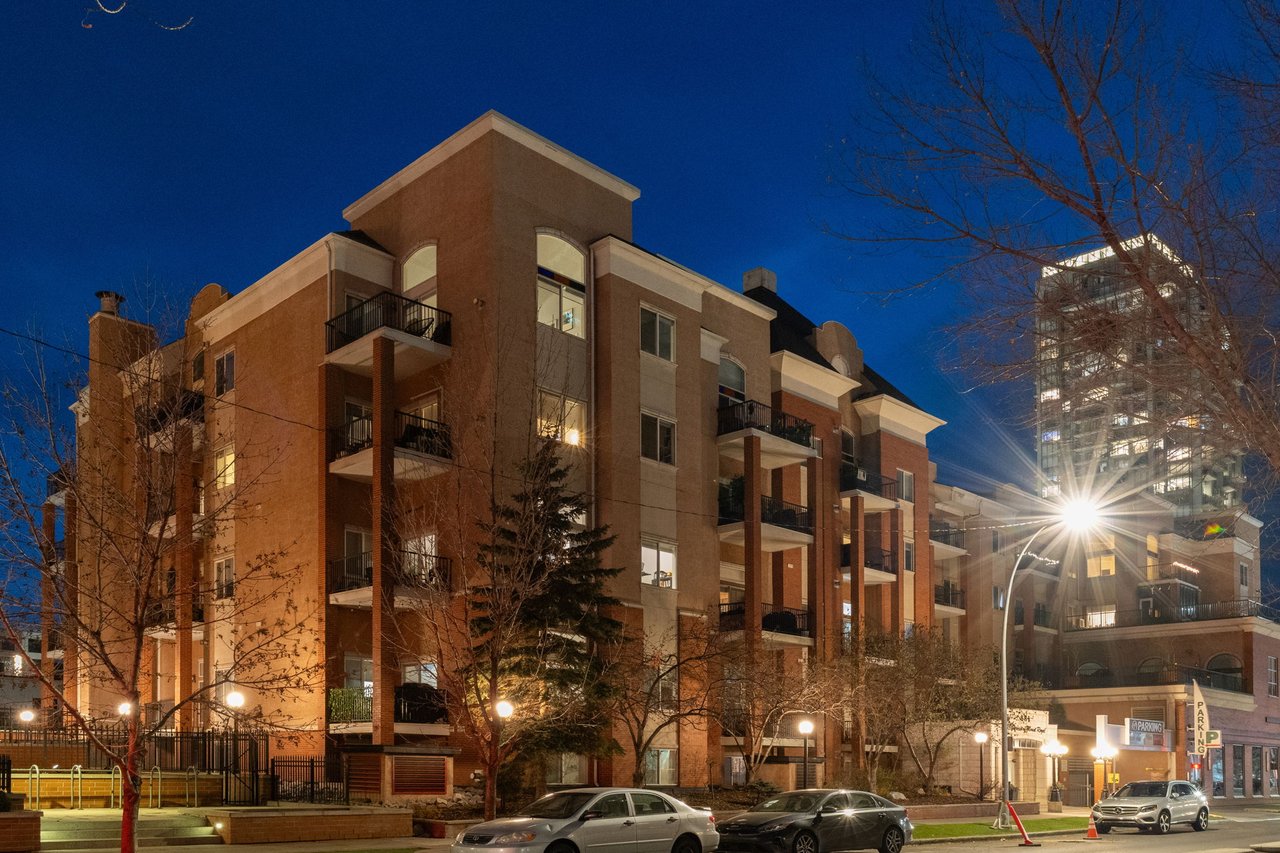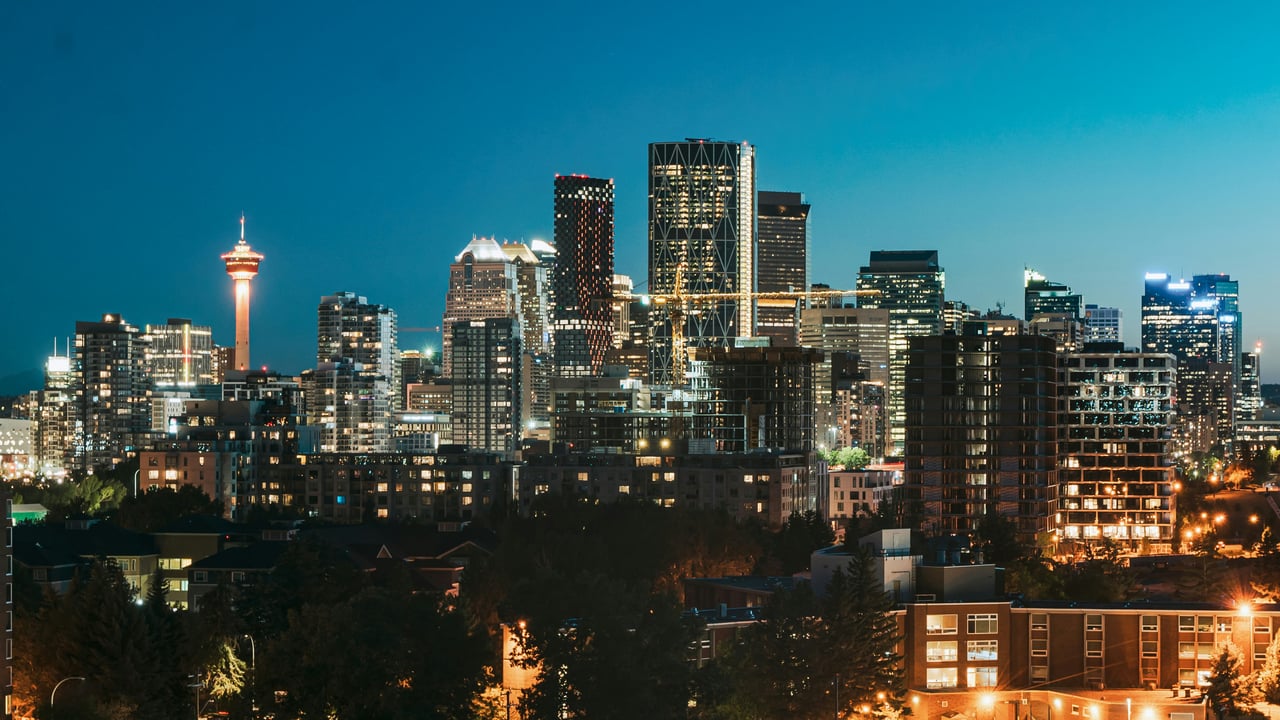As a resident of Calgary’s inner-city for the past few years, I’ve had a front-row seat to the incredible transformation our city has undergone over the past few years. Downtown Calgary is in the midst of a revitalization that is reshaping its skyline, cultural landscape, and community. From the reimagined Olympic Plaza, new Arts Commons, state-of-the-art hockey arena, and the revitalized Glenbow Museum, downtown is rapidly becoming the heart of a vibrant and thriving city. Let’s take a closer look at these exciting changes and what they mean for current and future residents.
Calgary’s Inner City Evolution: What to Expect in 2024 and Beyond
Calgary’s inner city is undergoing significant transformation, driven by key investments aimed at improving infrastructure, healthcare, and cultural amenities. As the city grows, these changes will play a crucial role in shaping the future of its core. Alberta’s 2024 budget emphasizes targeted spending in crucial areas of inner-city development, including transit and healthcare. The budget allocates $1.6 billion for Calgary and Edmonton’s LRT systems, with $43 million dedicated to the Blue Line extension in Calgary’s inner city. While this falls short of the city’s $ 53 million request, it is an essential step toward enhancing transit options in the downtown area. Additionally, $4 million has been set aside for a study on a Calgary Airport Rail Connection, which would link the inner city with Calgary International Airport. However, amid these developments, there is growing concern as the city is in talks about winding down funding for the Green Line, which may impact long-term transit expansion plans.
In terms of healthcare, several inner-city facilities are set to receive significant funding. The budget allocates $70 million for a neonatal unit at Foothills Medical Centre, $67 million for mental health services at the Peter Lougheed Centre, and $53 million for upgrades at Rockyview General Hospital. These investments are crucial in ensuring that residents in the inner city have access to high-quality medical care.
Cultural investments are another budget highlight, with $237 million earmarked for Calgary’s new event center and NHL arena, located near the city’s downtown core. This investment will bring a state-of-the-art arena and revitalize surrounding areas, enhancing Calgary’s reputation as a vibrant cultural hub. The Glenbow Museum will also receive $25 million for its expansion, further cementing its place as a premier cultural institution in the city’s core. Other notable investments include $6 million for the expansion of the Repsol Sport Centre, a key facility for fitness and recreation in the inner city.
From a municipal perspective, Calgary’s 2024 Mid-Year Progress Update highlights the city's efforts to balance growth and service delivery. As Calgary's population surges, its inner city is feeling the strain. Aging infrastructure and increased demand are challenges that city officials are grappling with. Still, the BMO Centre Expansion, expected to generate $100 million annually, is a significant win for the inner city, positioning it as a key player in attracting national and international events.
In the face of these challenges, Calgary is working to ensure the inner city remains a dynamic and attractive place for both residents and businesses. Housing starts have surged by 31%, reflecting a growing interest in inner-city living.
As 2024 comes to a wrap, expect Calgary’s inner city to continue evolving, driven by these major investments in transit, healthcare, and cultural infrastructure. These developments will not only address immediate needs but also set the stage for long-term growth and sustainability in Calgary’s vibrant core.
Olympic Plaza & Arts Commons (late 2024 through 2028): Calgary’s downtown is set for a significant transformation by redeveloping an entire block through two key projects: Olympic Plaza and the new Arts Commons hub. The redesign of the Olympic Plaza, originally built for the 1988 Winter Olympics, will enhance its accessibility and create a vibrant, multi-use public space featuring green areas, interactive public art, and zones for outdoor performances. This revitalization will inject fresh energy into the area, attracting both residents and businesses. At the same time, Arts Commons will serve as a central cultural hub, fostering creativity and collaboration with galleries, studios, performance spaces, and workshops. Together, these projects will revamp an entire block, positioning downtown Calgary as a lively destination for art, culture, and community, making it a magnet for visitors and new businesses alike.
Scotia Place (summer 2024 - fall 2027): One of the most talked-about developments in downtown Calgary is the construction of a new state-of-the-art hockey arena. This facility will not only serve as the home of the Calgary Flames but will also host concerts, events, and community activities, breathing new life into the downtown core. Beyond sports, the arena’s design, which has a capacity of over 18 thousand, will include public plazas and retail spaces, offering a mix of dining, entertainment, and shopping options. The new arena is set to become a major anchor for downtown revitalization, generating a positive economic impact and drawing people from across the city and beyond.
The Glenbow Museum (fall 2021 - 2026): The Glenbow Museum, one of Calgary’s most beloved cultural institutions, is undergoing a major renovation to transform it into a more accessible, modern, and engaging space. This renovation is more than just a facelift; it’s a reimagining of how the museum interacts with the community. With a renewed focus on inclusivity, the Glenbow will offer more diverse exhibitions, interactive experiences, and educational programming. The revitalized museum will serve as a cultural landmark, inviting visitors to engage with Calgary’s rich history and contemporary culture in new and exciting ways.
Downtown's Green Space Revitalization: In an effort to enhance the downtown living experience, the city is investing in the expansion and revitalization of green spaces. Parks, pathways, and recreational areas are being redesigned to offer more outdoor activities, community events, and serene spaces for residents to enjoy nature amidst the urban hustle. These green spaces will provide much-needed areas for relaxation and community gatherings, promoting a healthier, more balanced lifestyle for inner-city residents.
What This Means For Inner-City Residents: The Good and The Bad
As downtown Calgary evolves, inner-city residents stand to experience both positive and potentially challenging changes. On the positive side, the influx of new amenities, cultural hubs, and entertainment options is likely to increase property values, benefiting homeowners looking to sell or refinance. The revitalization projects will also enhance the quality of life by adding more green spaces, cultural attractions, and events, making urban living more dynamic and enjoyable. Additionally, improved public spaces and infrastructure will make the downtown area more walkable and accessible, fostering a healthier, more connected community.
However, there are potential negatives to consider. As the downtown area becomes more desirable, the cost of living may rise, with higher rents and property taxes affecting affordability for some residents. Ongoing construction projects could temporarily disrupt traffic, increase noise levels, and limit accessibility in certain parts of the inner city, causing inconvenience for current residents. Moreover, while increased activity brings vibrancy, it can also lead to greater density and crowds, potentially impacting the tranquillity that some residents currently enjoy.
The Bigger Picture: A Revitalized Downtown for All
The collective impact of these transformative projects is turning downtown Calgary into a vibrant, diverse, and thriving urban hub. With new cultural landmarks, state-of-the-art facilities, and revitalized green spaces, this revitalization effort is fostering business growth, enhancing community spirit, and significantly improving the quality of life for residents. As these developments come to fruition, real estate demand in the inner city is set to rise, making now the perfect time to explore opportunities in Calgary’s dynamic core. While challenges like rising costs and temporary disruptions may occur, the long-term benefits will reshape downtown into a sustainable, culturally rich, and walkable community.
If you’re considering a move to downtown Calgary or simply want to learn more about how these exciting changes could affect your real estate goals, feel free to reach out. As a specialist in inner-city Calgary real estate, I’m here to help you navigate this new era of urban living.




